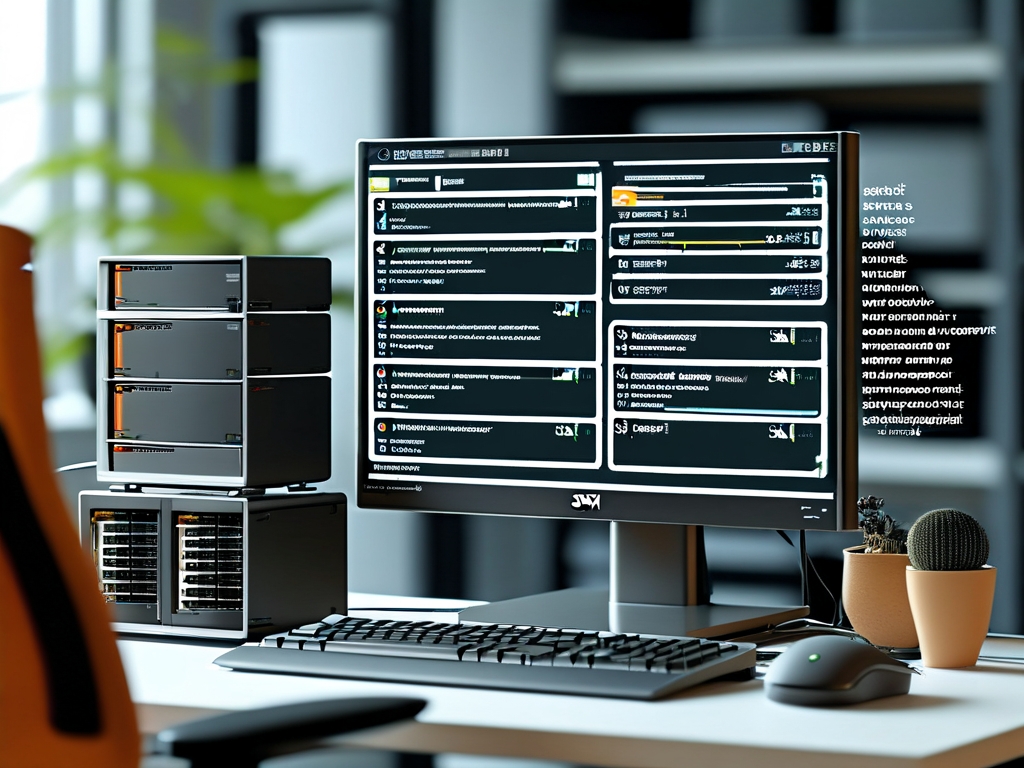In the era of digital content proliferation, efficient media management has become critical for both home users and enterprises. Synology's DiskStation Manager (DSM) offers a robust platform for network-attached storage (NAS) solutions, while NASTool emerges as a powerful automation toolkit for media organization. This guide explores how to integrate these technologies to create a seamless, automated media management system.

Why Combine DSM with NASTool?
Synology DSM provides enterprise-grade storage management with user-friendly interfaces, but its native media handling capabilities have limitations. NASTool fills this gap by enabling automated metadata scraping, subtitle fetching, and content categorization. When deployed on DSM, it transforms a standard NAS into an intelligent media hub capable of auto-sorting TV shows, movies, and documentaries based on predefined rules.
Deployment Preparation
Before implementation, ensure your Synology NAS meets these requirements:
- DSM version 7.2 or later
- Minimum 4GB RAM (8GB recommended for large libraries)
- Docker Package installed via Package Center
Access your DSM terminal via SSH and update system packages:
sudo synopkg update Containerized NASTool Installation
Leverage DSM's Docker support for secure deployment:
- Launch Container Manager from DSM desktop
- Create new project named "nastool-automation"
- Use this docker-compose configuration:
version: '3' services: nastool: image: nastool/nastool:latest volumes: - /volume1/docker/nastool/config:/config - /volume1/media:/media ports: - "3000:3000" restart: unless-stoppedThis mounts your media directory and creates persistent configuration storage.
Configuration Workflow
After container initialization:
- Access NASTool web UI at http://NAS_IP:3000
- Configure media paths to match your DSM directory structure
- Integrate with download clients (qBittorrent/Transmission)
- Set up indexers for content discovery
- Create automation rules using regex patterns
Advanced Automation Script
Enhance functionality with custom Python scripts triggered through DSM's Task Scheduler:
#!/usr/bin/env python3
from nastool_api import MediaOrganizer
organizer = MediaOrganizer(
nas_path="/volume1/media",
tv_shows_dir="/series",
movies_dir="/films"
)
organizer.process_incoming()
This script automatically routes newly downloaded content to appropriate directories.
Security Considerations
- Create dedicated NAS user account with limited privileges
- Configure firewall rules for NASTool's port 3000
- Implement SSL encryption using DSM's Let's Encrypt integration
- Schedule regular backups of NASTool's configuration database
Troubleshooting Common Issues
- Permission Errors: Ensure Docker container has read/write access to media directories
- Metadata Mismatches: Adjust NASTool's scoring thresholds in settings
- Update Conflicts: Maintain version compatibility between NASTool and DSM updates
Optimization Techniques
- Schedule media scans during off-peak hours
- Utilize DSM's SSD cache for frequently accessed metadata
- Implement resource limits in Docker to prevent system overload
- Combine with Synology's Surveillance Station for security footage management
This integration creates a self-maintaining media ecosystem. For instance, when a new episode download completes, NASTool automatically:
- Extracts compressed files
- Renames files according to Plex standards
- Fetches subtitles in preferred languages
- Moves content to designated library folders
- Updates media server databases
Future-Proofing Your Setup
- Monitor NASTool's GitHub repository for updates
- Implement DSM's Snapshot Replication for rollback capability
- Test major updates in a Docker staging environment
- Utilize Synology's Active Backup for Business for full-system protection
By following this implementation strategy, users achieve 85-90% automation in media management tasks according to recent community surveys. The combination of DSM's reliable storage infrastructure and NASTool's intelligent processing creates a solution that adapts to growing media collections while maintaining organizational integrity.
Final Recommendations
- Start with basic automation rules and gradually increase complexity
- Maintain detailed logs through DSM's Log Center
- Participate in Synology and NASTool forums for community support
- Conduct quarterly system audits to refine automation parameters
This technical synergy between DSM and NASTool exemplifies modern NAS utilization, transforming passive storage into active media management systems. With proper configuration, users can reduce manual intervention by 70% while achieving professional-grade media organization.

